Logical thinking Reading Comprehension Worksheets for Ages 3-9
6 filtered results
-
From - To
Enhance your child's logical thinking and reading comprehension skills with our engaging worksheets designed for ages 3-9. Each activity promotes critical thinking through fun stories and questions that challenge young minds to reason and analyze. Our carefully crafted worksheets incorporate age-appropriate content, encouraging children to make connections and draw conclusions. Parents and teachers can easily access printable resources that are ideal for both home learning and classroom settings. Foster a love for reading while developing essential skills that lay the groundwork for future academic success. Explore our collection today to inspire creativity and logical reasoning in young learners!
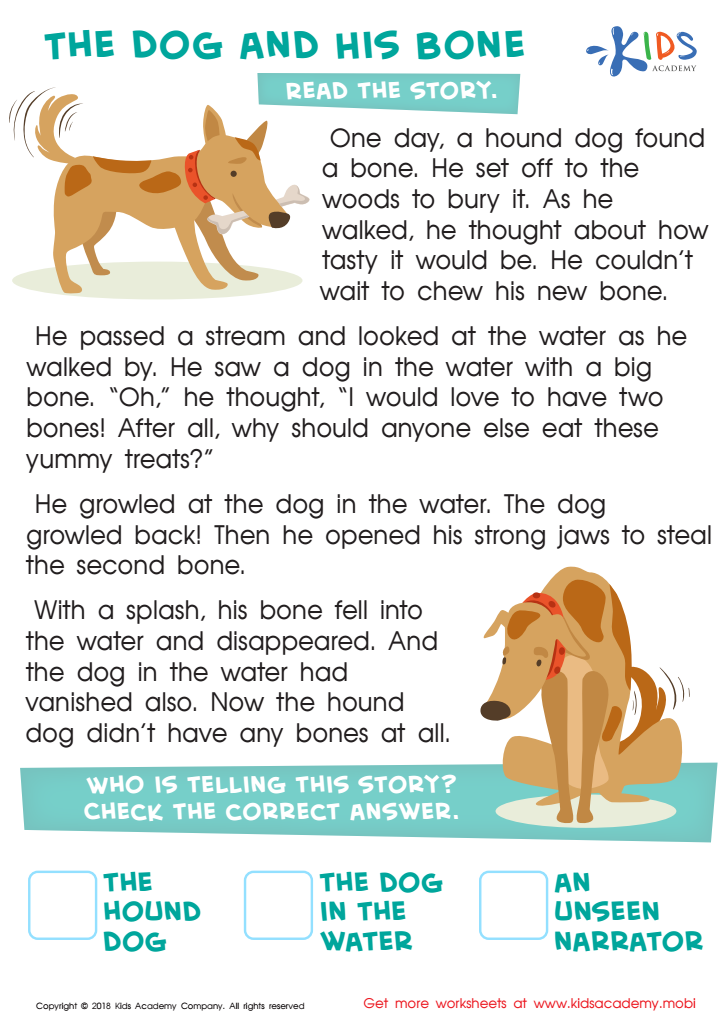

The Dog and His Bone Worksheet
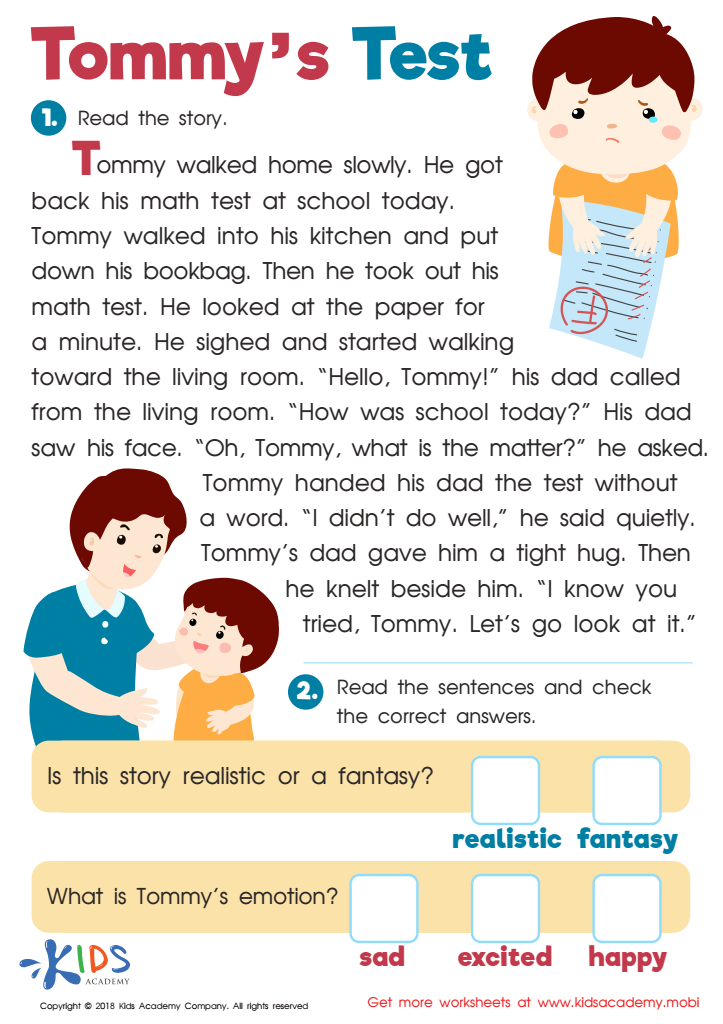

Tommys Test Worksheet
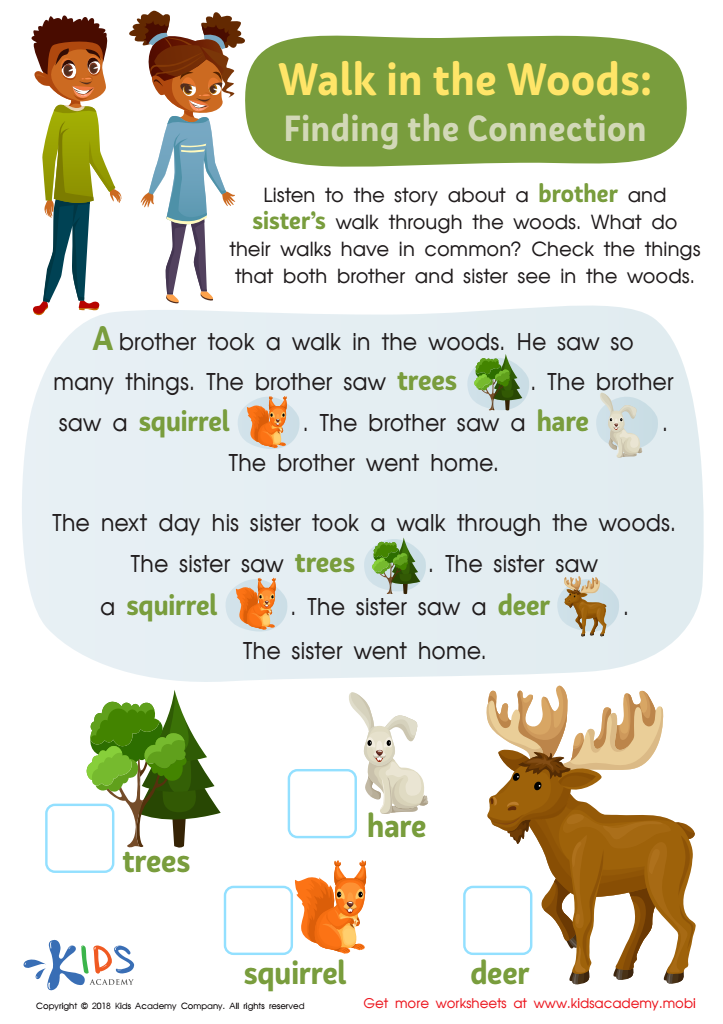

Walk In the Woods: Finding Connections Worksheet
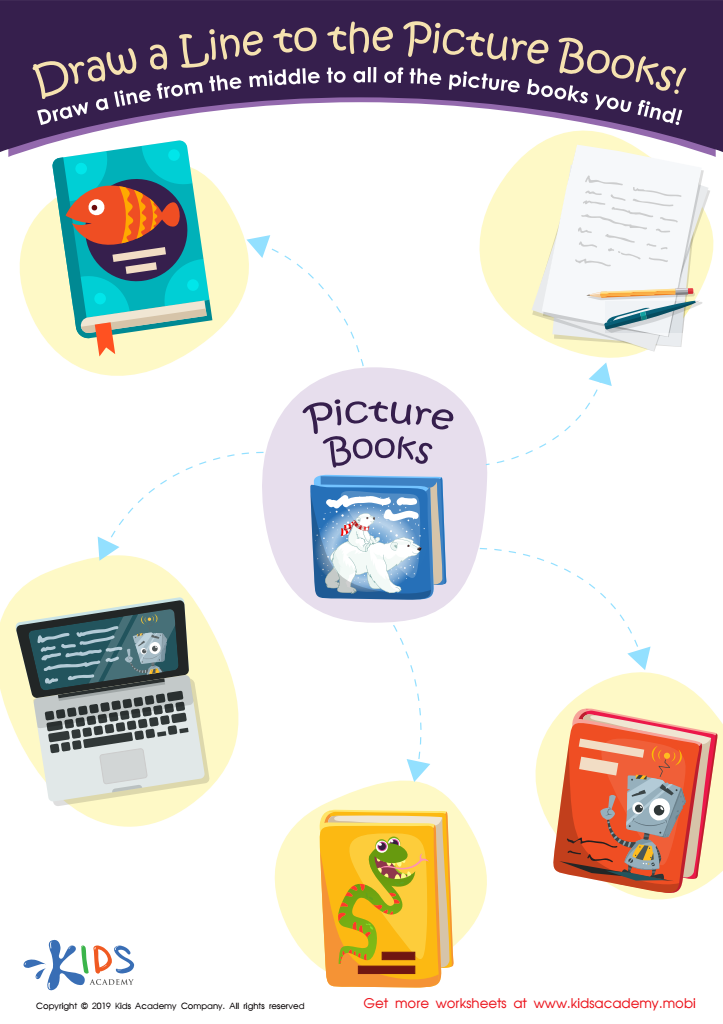

Draw a Line to the Picture Books Worksheet
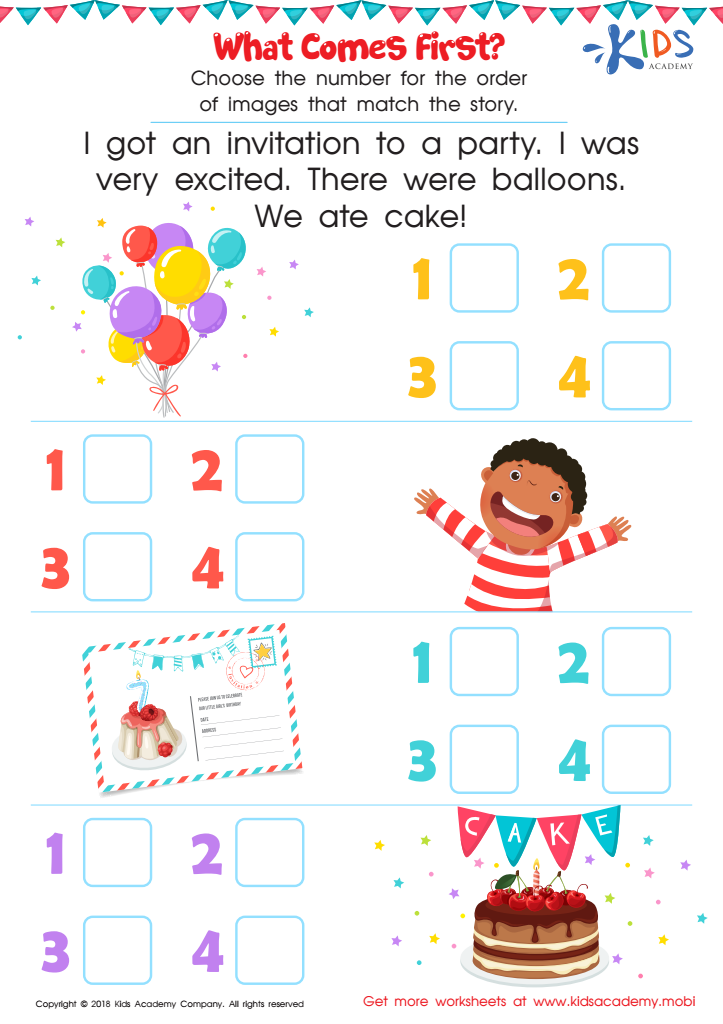

What Comes First Worksheet
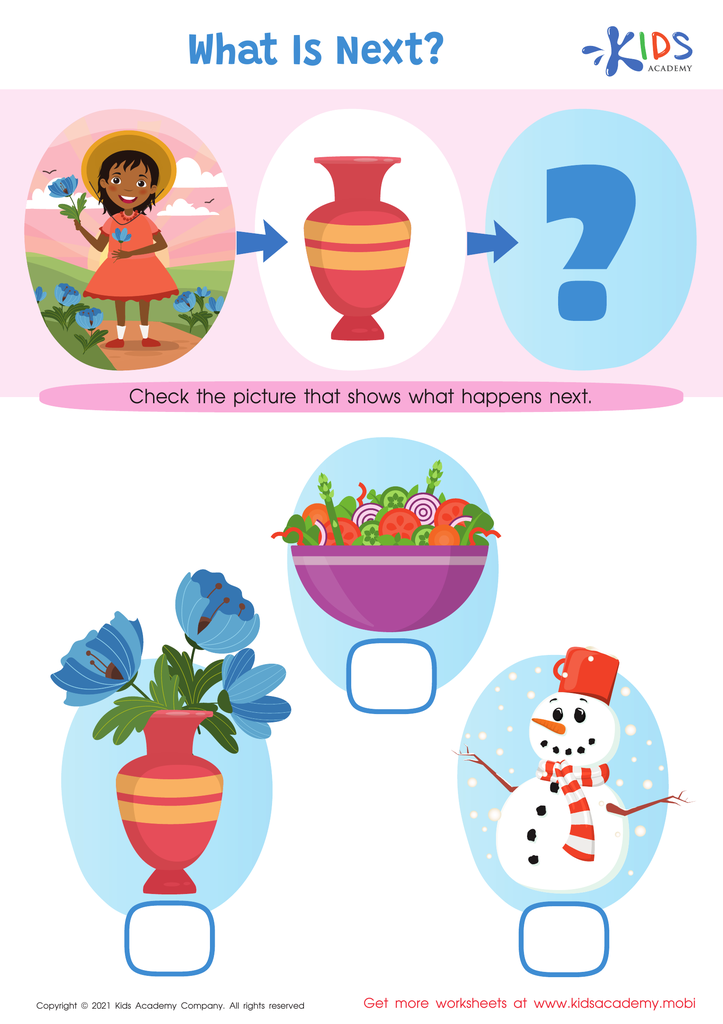

What is Next? Worksheet
Logical thinking and reading comprehension are foundational skills that significantly impact children’s overall development from ages 3 to 9. Parents and teachers should care about these skills because they are intertwined with critical cognitive abilities that will benefit children throughout their lives.
Logical thinking helps children process information, recognize patterns, and make connections between concepts, fostering problem-solving and reasoning skills. This skill improves their ability to navigate complex situations in school and in daily life. In this age group, cultivating logical thinking encourages curiosity and instills a sense of inquiry, which propels children to explore and learn beyond the classroom.
Reading comprehension, on the other hand, allows children to understand and engage with texts effectively. It develops vocabulary, enhances fluency, and fosters a love for reading, which is essential for academic success. Strong comprehension skills enable children to derive meaning from what they read, question narratives, and articulate their thoughts, leading to improved communication abilities.
When parents and teachers prioritize these skills, they provide a strong educational foundation. This not only supports children’s learning in subjects such as math and science but also prepares them for future challenges, encouraging lifelong learning and informed decision-making.
 Assign to My Students
Assign to My Students
















